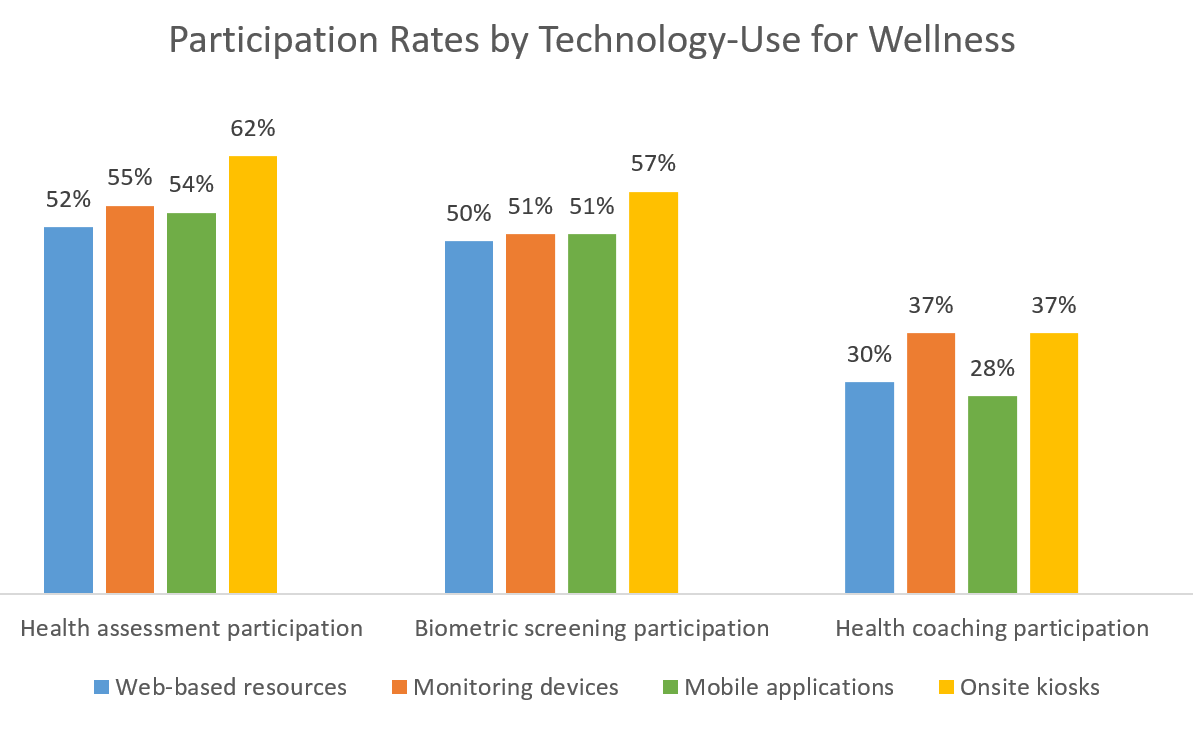Authored by Marquinta ‘Que’ Harvey, Bio-Statistical Researcher, Onlife Health
 As a Bio-Statistical Researcher at Onlife Health and Doctoral Student at Middle Tennessee State University, Marquinta Harvey develops and tests outcome measures and strategies for improving outcome measures for all stakeholders, as well as conducts research studies for external and internal audiences. She also teaches epidemiology where she engages students in epidemiologic analyses techniques that can inform and evaluate public health issues and programs.
As a Bio-Statistical Researcher at Onlife Health and Doctoral Student at Middle Tennessee State University, Marquinta Harvey develops and tests outcome measures and strategies for improving outcome measures for all stakeholders, as well as conducts research studies for external and internal audiences. She also teaches epidemiology where she engages students in epidemiologic analyses techniques that can inform and evaluate public health issues and programs.
The wellness industry is looking toward technology-based solutions for increased participant awareness and engagement. Many providers of personalized health and wellness solutions are using computerized web applications or information and communication technologies (ICTs) to encourage positive behavioral change, increase awareness and tracking of wellness and fitness goals, become more accessible to clients, and/or to encourage new or increased participation (Kutz et al., 2013). The HERO Health and Well-being Best Practices Scorecard in collaboration with Mercer© (HERO Scorecard) assesses the use of technology-based resources to promote participation in wellness activities and also collects information on organizations’ participation rates in health assessment, biometric screening, and interactive health coaching programs. The question related to use of technology-based resources is stated very generally as: “Which of the following technology-based resources does your organization use to encourage participation in health and well-being programs?” Response choices are equally broad, including: “web-based resources or tools,” “onsite kiosks at the workplace,” mobile applications (for example, smart phone apps), and “devices to monitor activity (pedometer, accelerometer, etc.) or other health measures (blood pressure monitor, weight, etc.).”
Data analysis was conducted on 396 organizations that completed the HERO Scorecard to determine if there were associations between use of technology-based resources and participation in wellness activities. Most organizations completing the HERO Scorecard report the use of some type of technology-based resource (85%) and this is a testament to the industry moving toward technology-based solutions. The majority of HERO Scorecard respondents (76%) rely on web-based resources to encourage participation in programs but nearly half report using monitoring devices that track activity or other health measures (49%) and/or mobile applications such as smart phone apps (46%). Onsite kiosks at the workplace were the least likely technology-based resource to be used with only 19% of organizations reporting using them.

Web-based Technology
Results from the HERO Scorecard analysis indicate that organizations using web-based resources or tools report higher participation rates in health assessments (52% vs. 47%) and biometric screenings (51% vs. 47%), but not necessarily in interactive health coaching programs (30% vs. 37%) when compared to organizations that did not use web-based resources or tools.
Devices to Monitor Activity
A large influx of monitoring devices has recently penetrated the market with capabilities that range from tracking a person’s activity to sending them behavioral nudges to remind them to move. Monitoring devices are widely used and there is some evidence they provide value and motivation for long term users (Fritz et al., 2014). The HERO Scorecard analysis demonstrates a positive association between the use of monitoring devices and superior participation rates in wellness programs. Use of devices that monitor activity or other health measures was associated with higher participation rates in health assessments (55% vs. 47%), biometric screenings (51% vs. 48%), and interactive health coaching programs (37% vs. 23%) when compared against organizations that reported not using them.
Mobile Applications
Over the past ten years there has been a large insurgence of mobile applications to help individuals track their health data and to encourage positive behavioral change to improve health and wellness. Mobile application use is still in the early adoption stages. Research shows some incremental gains from mobile application use in aiding health behavioral change, but many gaps in knowledge exist in how to properly engage and influence mobile application users (Free et al., 2013). As was observed in the web-based technology analysis above, the use of mobile applications was associated with higher participation rates in health assessments (54% vs. 49%) and biometric screenings (51% vs 48%) when compared to organizations not using mobile applications. However, use of mobile applications was not associated with higher participation in interactive health coaching programs.
Onsite Kiosks at the Workplace
The onsite kiosk is the technology-based solution with the least utilization, with only 19% of HERO Scorecard respondents reporting usage of the technology. Surprisingly, this least used technology-based solution was associated with the highest rate of participation in health assessments (62% vs 49%) and biometric screening (57% vs 48%), as well as interactive health coaching programs (37% vs 28%) when compared against organizations not using the technology. This analysis indicates organizations offering wellness programs could be missing a key technology-based component that demonstrates positive effects on member participation. Given the correlational nature of the analysis, more research should be conducted to investigate the link between employer use of onsite kiosks and participation in wellness programs.
Conclusion
There were three key findings from this analysis. First, employer use of web-based technology and mobile applications is associated with higher levels of participation in health assessment and biometric screening but not with participation in interactive health coaching programs. Second, use of monitoring devices such as wearable activity trackers and onsite kiosks was associated with higher participation rates in health assessment, biometric screening, and interactive health coaching programs. Lastly, the least used technology–onsite kiosks–was associated with the highest participation rates in health assessment and biometric screening, which suggests that technology-based solutions with a more physical presence may be associated with increased participation in wellness activities. However, there were several limitations to this analysis that require caution with interpretation. These analyses were all correlational and not causal so it could be the case that companies using technology-based solutions are more sophisticated than organizations that do not use such solutions in other ways that drive participation in programs. In addition, the terms used on the HERO Scorecard to identify technology-based solutions being used by organizations are rather broad and undefined so we cannot be certain of the specific mechanisms or features for the solutions being offered. For example, it is unclear whether or not the onsite kiosks serve as a mechanism for completing a health assessment, collecting biometric health measures, or some other purpose. Further, participation rates in health assessment, biometric screening, and interactive health coaching are based on self-reports by the organizations completing the HERO Scorecard. For all of these reasons, more research is needed to understand how technology-based solutions can effectively engage members in wellness activities.
Overall, technology-based products are proliferating the wellness industry due to their potential to increase participation in programs, but more research needs to be conducted to support this potential. Technology-based solutions and new products and capabilities are being added to the marketplace every day. The potential for technology-based solutions to influence how employees engage in wellness is indeed promising and with continued research may increasingly allow wellness to become deeply integrated into employees’ lives.
Data cited in this commentary are based on HERO Scorecard responses submitted through December 31, 2015.
References
Free C, Phillips G, Watson L, et al. The effectiveness of mobile-health technologies to improve health care service delivery processes: a systematic review and meta-analysis. PLoS Med. 2013;10(1), e1001363.
Fritz T, Huang EM, Murphy GC & Zimmermann T. Persuasive technology in the real world: a study of long-term use of activity sensing devices for fitness. In Proceedings of the SIGCHI Conference on Human Factors in Computing Systems. April 2014:487-496. ACM.
Kutz D, Shankar K & Connelly K. Making sense of mobile-and web-based wellness information technology: cross-generational study. Journal of Medical Internet Research. 2013;15(5), e83.
